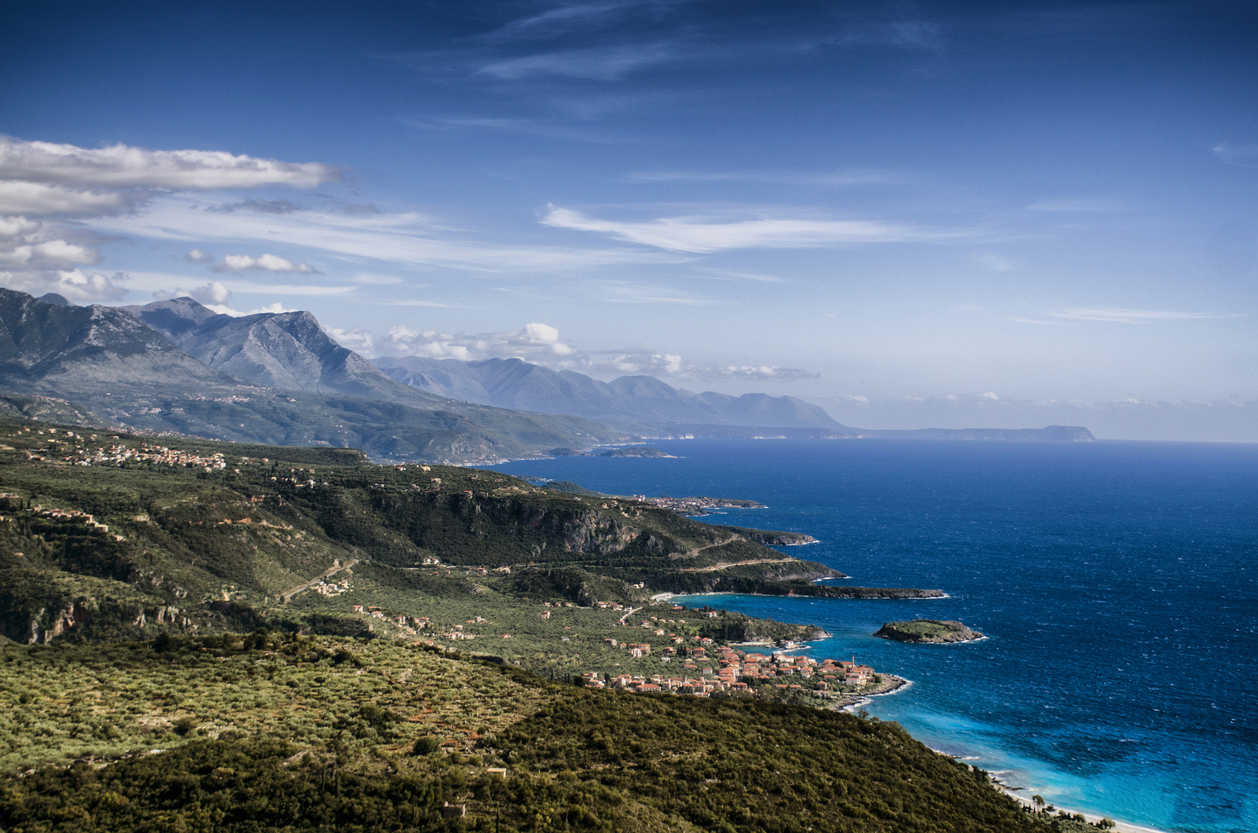
Peloponnese: Greece’s Timeless Peninsula
The Peloponnese is a region where history, nature, and everyday life all blend together in a down-to-earth way. Just across the narrow Corinth Canal from mainland Greece, this large peninsula is full of places to explore — from ancient ruins and medieval castles to small towns and beautiful beaches. Whether you’re hiking in the mountains or relaxing by the sea, each area has its own unique feel, making the Peloponnese a fun and varied place to visit.
A Journey Through Diverse Regions
Nafplio, in the Argolis region, is one of those places that’s easy to fall for. It’s got a relaxed vibe, pretty streets to wander, and a big fortress looking out over the sea. Just nearby, the ancient theater of Epidaurus is still going strong after thousands of years — the acoustics are so good you can hear a whisper from the stage, even if you’re sitting way up top.
If you head into the mountains of Arcadia, you’ll find quiet villages tucked into green hills and deep gorges. It’s peaceful and full of that old-school Greek charm. Over in Corinthia, the famous Corinth Canal is a sight to see — a narrow cut of water slicing through rock — and the ruins of ancient Corinth give you a real sense of what life was like back in the day.
Further south, Laconia tells the story of ancient Sparta, and Mystras is like a walk through time, with crumbling medieval buildings and a view that makes you stop and take it all in. Messenia mixes history and coast perfectly — from the Palace of Nestor to the friendly city of Kalamata, where the food is great and the people even better. In Elis, you can stand where the Olympic Games first began and imagine the roar of ancient crowds. And if you’re after something more lively, Patras in Achaea is a modern city known for its huge carnival and a fun, creative atmosphere.
Every part of the Peloponnese has its own feel — whether you’re into ancient sites, mountain villages, or sunny beaches, you’ll find plenty to explore without feeling rushed. It’s a place that invites you to take your time and enjoy the present moment.
History and Culture Around Every Corner
The Peloponnese has deep roots in Greece’s history. It was home to the ancient Mycenaean civilization, and you can still visit impressive ruins in places like Mycenae and Tiryns that have stood for thousands of years. Later on, during the Greek War of Independence, towns like Nafplio and Tripoli became key players in the fight for freedom.
When you walk through these towns today, you’ll still see traces of that past—stone buildings, quiet alleyways, and old squares where history feels close and real. It’s not just about monuments; it’s about the stories that live on in the everyday atmosphere of these places.
Nature’s Variety
The natural beauty of the Peloponnese is just as impressive as its history. You’ll find everything from the dramatic peaks of the Taygetus Mountains to the calm, golden sands of Voidokilia Beach. Whether you’re into hiking, swimming, or just relaxing in the sun, it’s a great place to enjoy the outdoors. The scenery keeps changing as you travel through the region, so there’s always something new to see.
You might start your day in a shady forest and end it by the sea. Small villages tucked into the hills offer cool spots to rest and enjoy a local meal. And no matter where you go, the views—mountains, valleys, beaches—are always worth the trip.
Simple, Honest Food and Local Traditions
Food in the Peloponnese is full of heart and flavor, rooted in the region’s rich land and long traditions. The olive oil here is some of the best you’ll taste—pressed from trees that have been growing for generations. Citrus groves add bursts of freshness to both sweet and savory dishes, and the local wines, like bold Agiorgitiko from Nemea or aromatic Moschofilero from Mantinia, are a perfect match for a laid-back meal in a village taverna.
Traditional favorites like moussaka, pastitsio, and souvlaki are made with care, often using ingredients from the family garden or farm. You’ll also find regional specialties like lalagia (fried dough strips), sfela cheese (known as the “feta of the south”), and sweet diples drizzled with honey. In Messenia, try gourounopoula—spit-roasted pork with crispy skin, often served at festivals. In Arcadia, hilopites (handmade egg pasta) cooked with tomato and cheese or served in stews brings a taste of home-cooked comfort.
Meals feel warm and generous—often shared with friends, neighbors, or even strangers who quickly become friends. The Peloponnese also loves a good celebration. Festivals like the famous Patras Carnival fill the streets with parades, music, dancing, and of course, plenty of food. Whether you’re joining a village feast or stopping at a roadside grill, every bite tells a story of local pride and connection to the land.
Getting Around and What to Expect
Driving through the Peloponnese is one of the best ways to see everything at your own pace. The roads are good, and the changing scenery makes the journey enjoyable. While public transport exists, having your own wheels lets you stop wherever you like — whether it’s a quiet village, a beach, or a historic site. No matter what draws you here — history, nature, or food — the Peloponnese offers a genuine experience that stays with you long after you leave.
